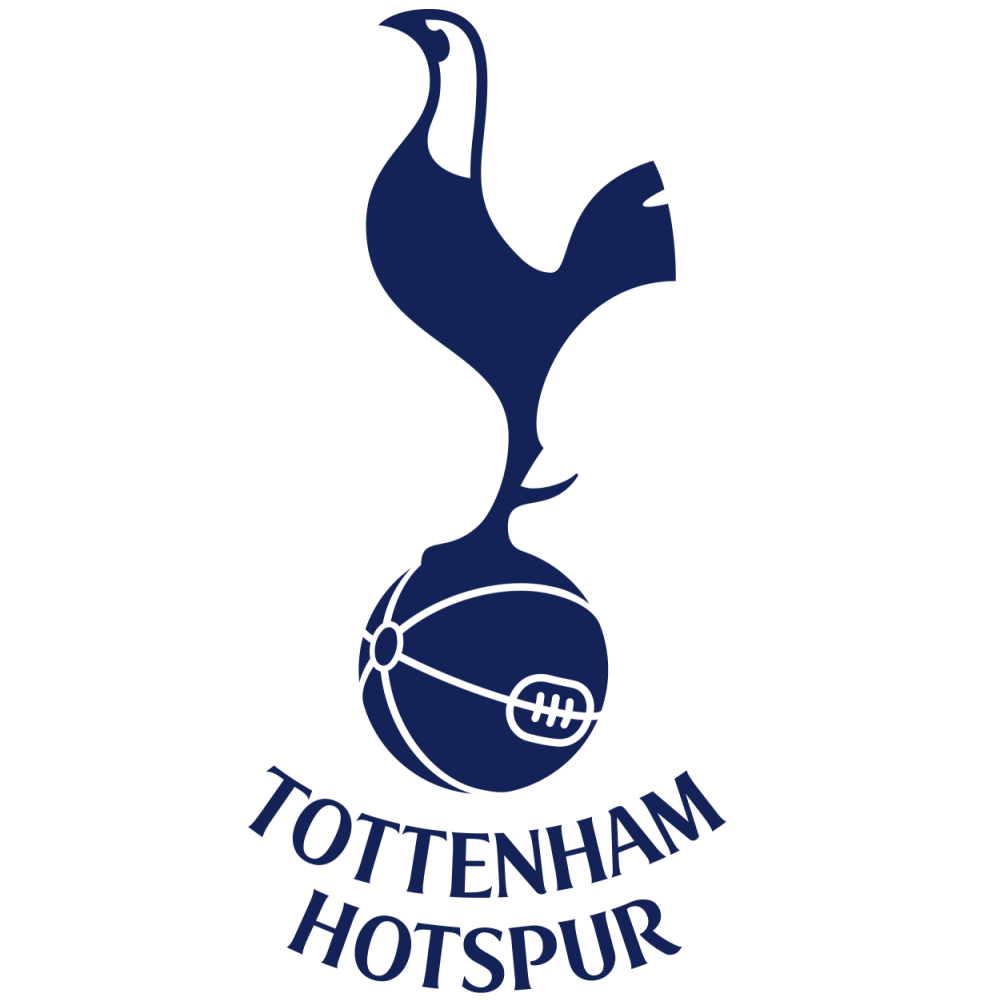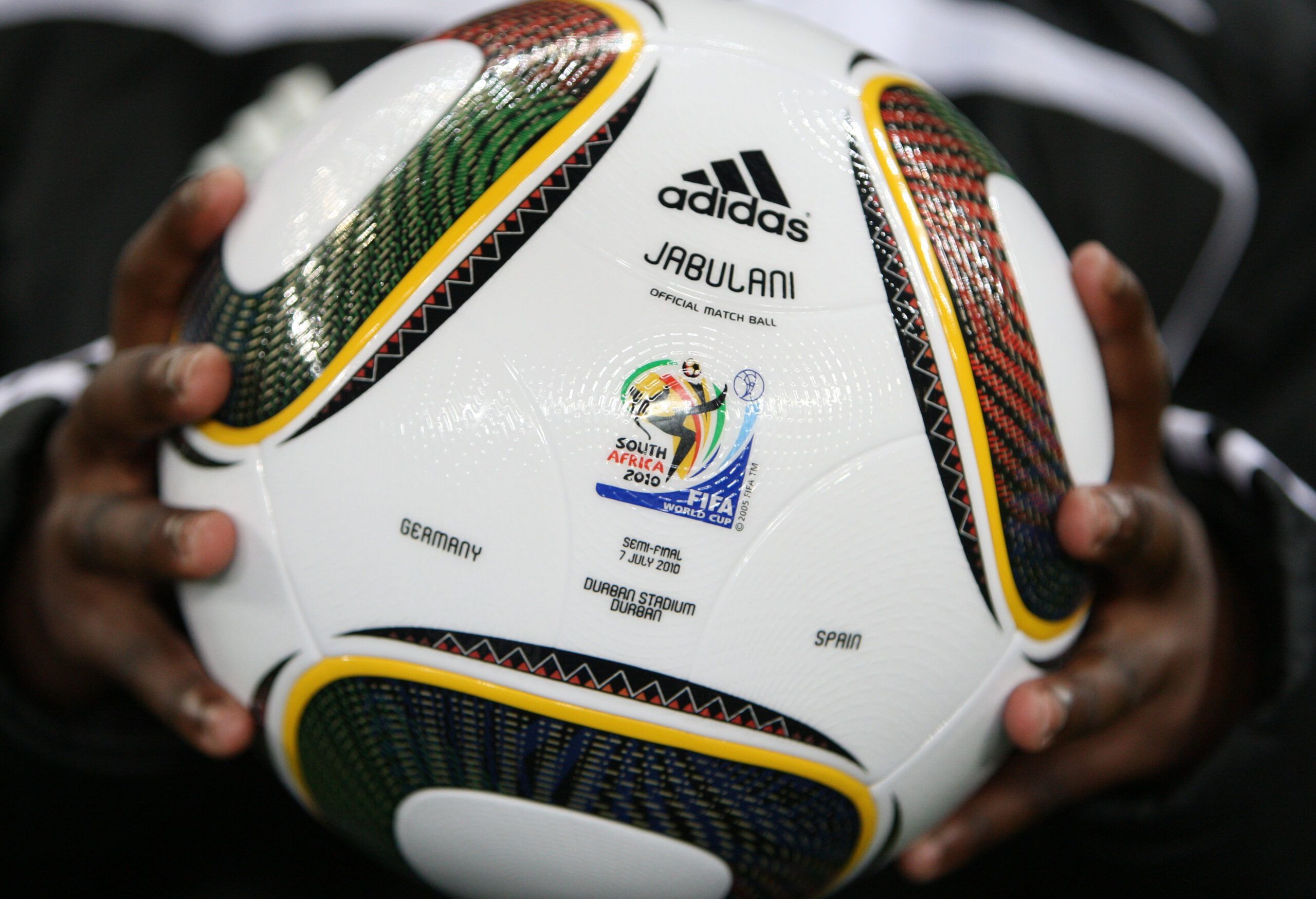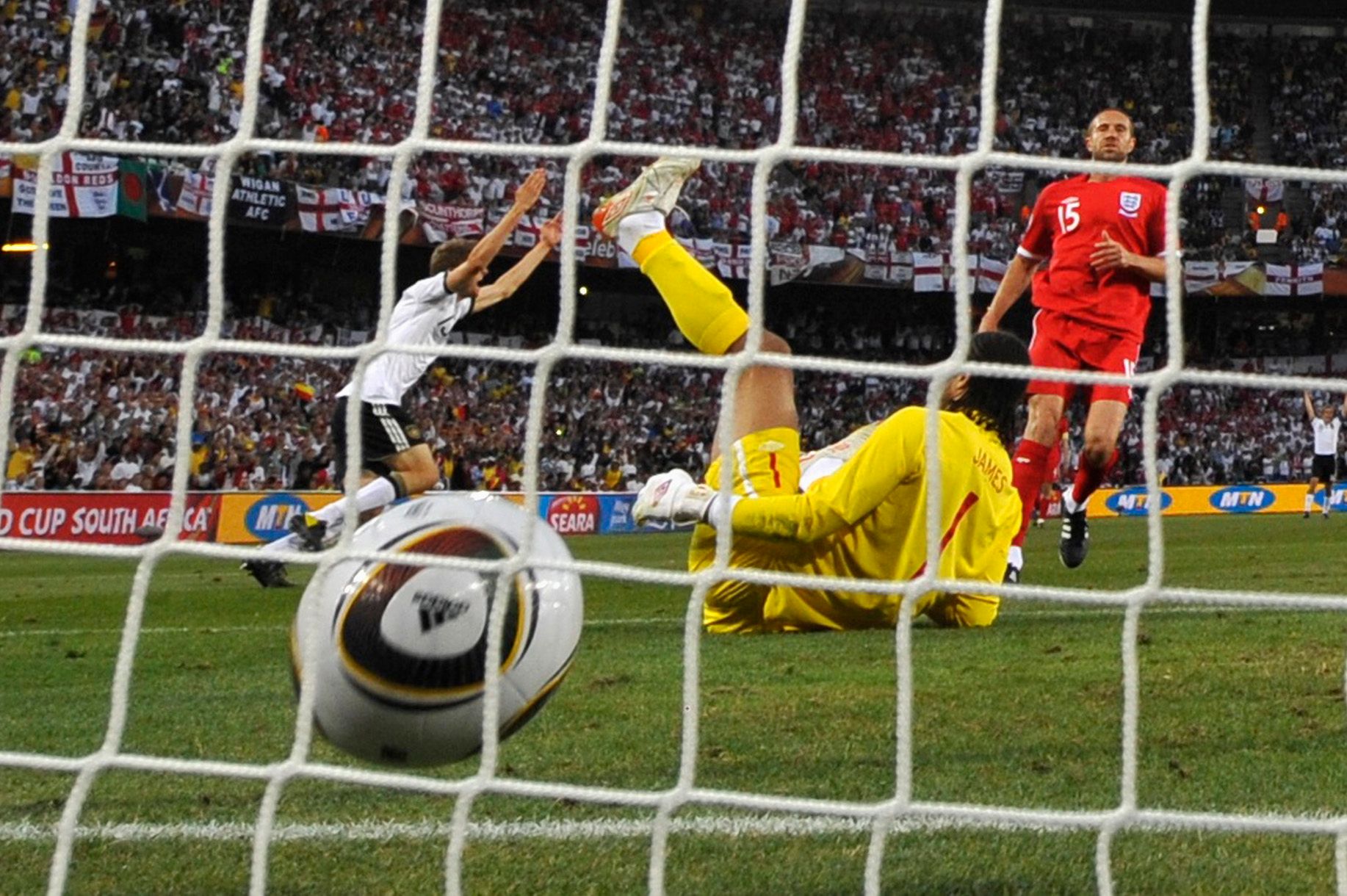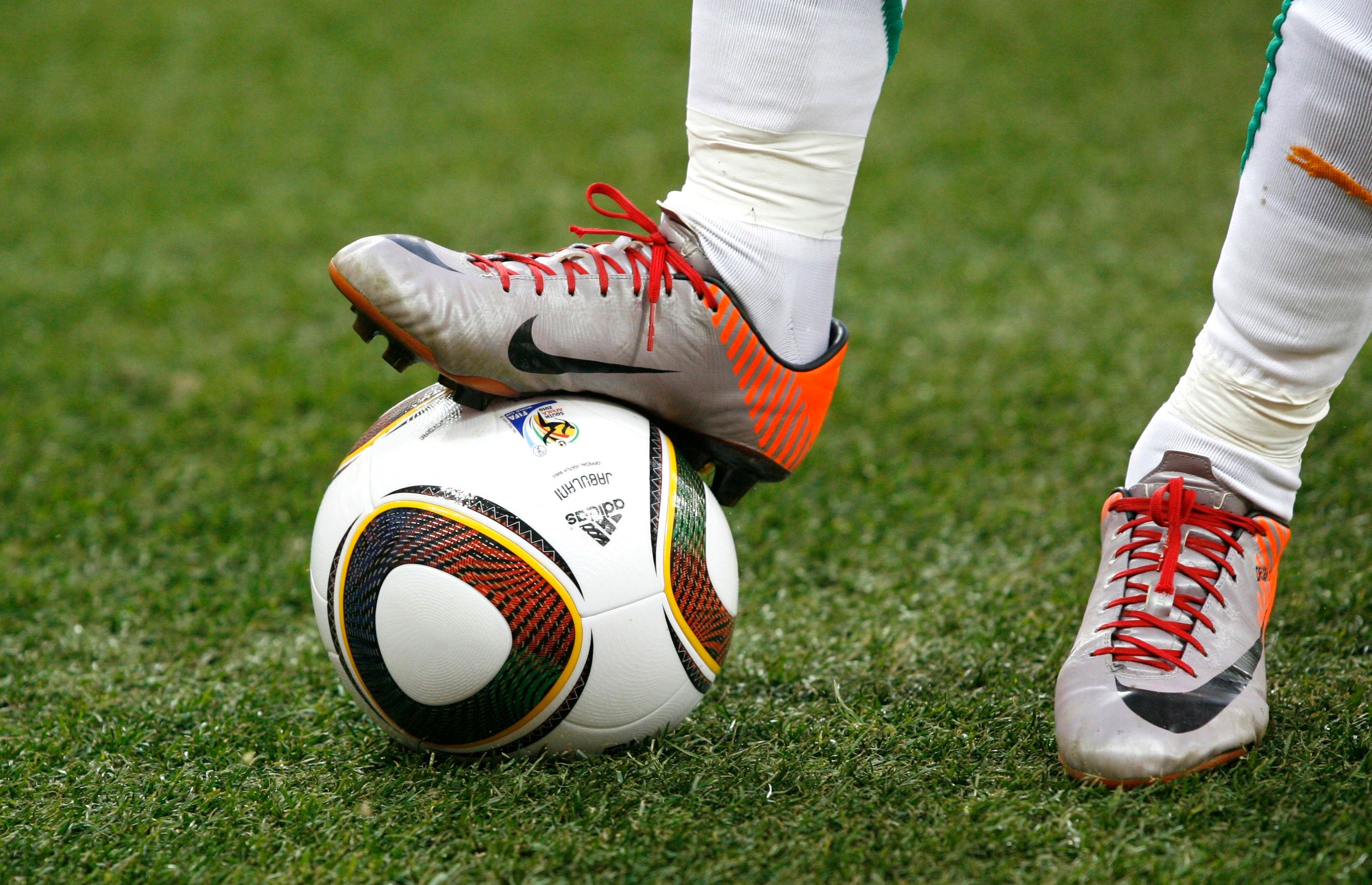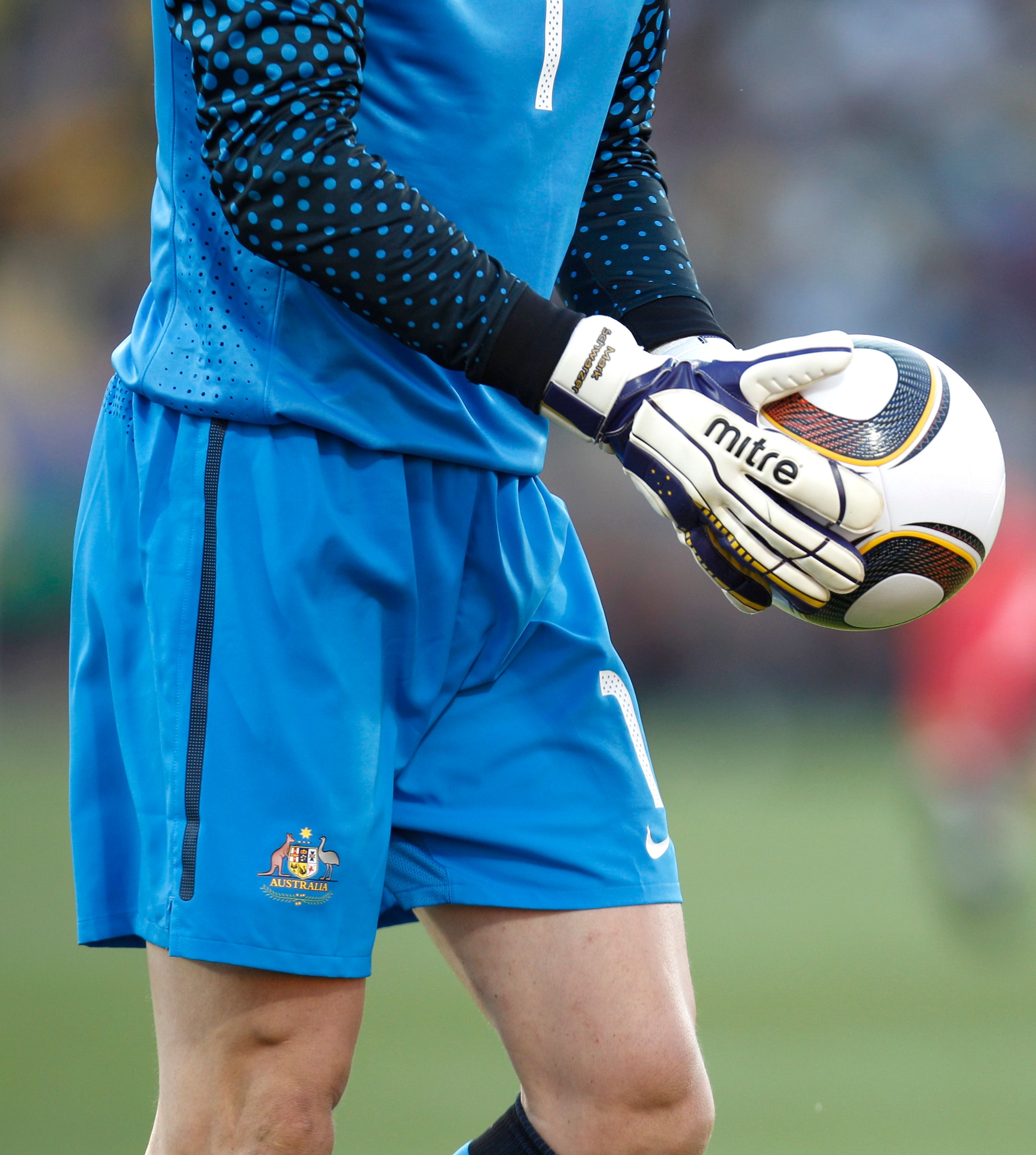The 2010 World Cup wouldn't have been the same without the Jabulani football.
While, yes, there is always a mild level of interest whenever a new World Cup football is released, you'd be hard-pressed to find a ball that has become more of a household name than the 2010 iteration.
That's because the Jabulani gained a remarkable level of notoriety for moving with extreme unpredictability, leading to passionate complaints, wild misses and astonishing goals.
The Jabulani causing mayhem
For what the World Cup in South Africa might have lacked in entertainment, it most certainly made up for with strikes of such a bizarre nature that we've never seen the likes again since.
The obvious example of someone who mastered the Jabulani was none other than Golden Ball winner Diego Forlan, who racked up some stunning strikes from his five goals with the infamous sphere.
However, the Jabulani clearly didn't work for everybody with Lionel Messi, Cristiano Ronaldo, Kaka, Wayne Rooney and Fernando Torres scoring a combined total of one goal at the competition.
Best quotes on the Jabulani
All in all, it led to a situation where every top-class footballer and their dog had a strongly-worded complaint to make about the ball with the Independent recalling some of the best in 2020.
Julio Cesar bemoaned: “The football is horrible. It is like one of those you buy in the supermarket.”
Gianluigi Buffon fumed: “The new model is absolutely inadequate and I think it’s shameful letting us play such an important competition, where a lot of champions take part, with a ball like this."
And David James simply said: “The ball is dreadful. It's horrible."
Germany's Thomas Mueller (L) celebrates after scoring the third goal past England's goalkeeper David James during their 2010 World Cup second round soccer match at Free State stadium in Bloemfontein June 27, 2010. REUTERS/Dylan Martinez (SOUTH AFRICA - Tags: SPORT SOCCER WORLD CUP)
Footage of the Jabulani in action
Pretty cutting, right? Well, bearing that in mind, we thought that it would be rude not to reminisce on all the madness, so be sure to check out footage of the infamous Jabulani doing what it did best:
Why was the Jabulani so wild?
Sadly, there has never been definitive proof as to why the Jabulani was such a unique football that the simple way in which it moved provoked so many protestations from those who used it.
But that's not to say that there haven't been a few guesses along the way with the ball's eight bonded panels purportedly leading to a critical speed of 55mph that lead to more of a knuckleball-like effect.
In 2010, Rabi Mehta - an aerospace engineer with Nasa - told the Independent: “The issue with the Jabulani ball actually started in 2006 when the Teamgeist ball was introduced for the World Cup in Germany.
“Prior to 2006, the traditional soccer ball had 32 pentagonal panels with internal stitching. The Teamgeist had 14 bonded panels which resulted in a smoother surface.
Football - North Korea v Ivory Coast FIFA World Cup South Africa 2010 - Group G - Mbombela Stadium, Nelspruit, South Africa - 25/6/10
Close up of players foot on the adidas Jabulani match ball
Mandatory Credit: Action Images / Ed Sykes
“When one measures the drag force on a ball, the force is relatively high at the lower speeds, but at some critical speed, the drag drops suddenly. This critical speed is determined by the roughness on the ball.
"It turns out that the maximum knuckling effect occurs around this critical speed. For the traditional 32-panel ball, this critical speed was around 35mph. With the smoother surface on the Teamgeist ball, this critical speed increased to about 45mph.
“In my opinion, this critical speed was closer to the average speed encountered in a World Cup match. Hence there were justified complaints from the players that the ball tended to knuckle more than the traditional ball.
“So for the 2010 World Cup, Adidas introduced the Jabulani with 8 bonded panels and aerodynamic grooves and ridges. I am assuming that the goal of the change in design was to decrease the critical speed.
"But it turned out that the critical speed for the Jabulani ball was around 55mph, even higher than the Teamgeist. So that’s why we had lots of complaints from the players.”
Football - Ghana v Australia FIFA World Cup South Africa 2010 - Group D - Royal Bafokeng Stadium, Rustenburg, South Africa - 19/6/10
General view / close up of Australia's Mark Schwarzer holding the adidas Jabulani match ball
Mandatory Credit: Action Images / Carl Recine
Marry that to the potential impact of the higher altitudes of the South African stadiums and it's clear that the ground was fertile for a ball that would cause unprecedented amounts of drama.
Football designer gives his two cents
In the no-nonsense words of Craig Johnston, who designed the Adidas Predator ball, per the Daily Telegraph: "Whoever is responsible for this should be taken out and shot for crimes against football.
“By my calculations we have been denied at least 10 goals that were not scored in this World Cup so far, because of the erratic and unstable flight of the Jabulani football.
“Let me put it this way. If they weren’t using the Jabulani, then there would have been no refereeing error over Frank Lampard’s goal [for England against Germany]."
World Cup Qatar 2022 draw live reaction (Football Terrace)
Now that, ladies and gentlemen, is what you call a notorious football. The streets will never forget.
















